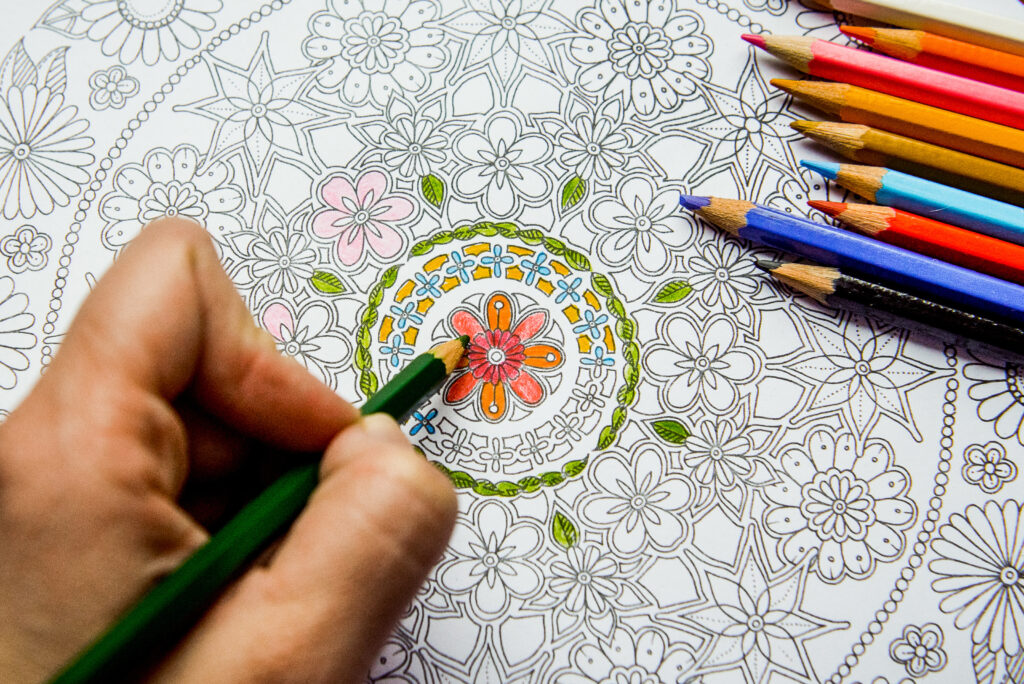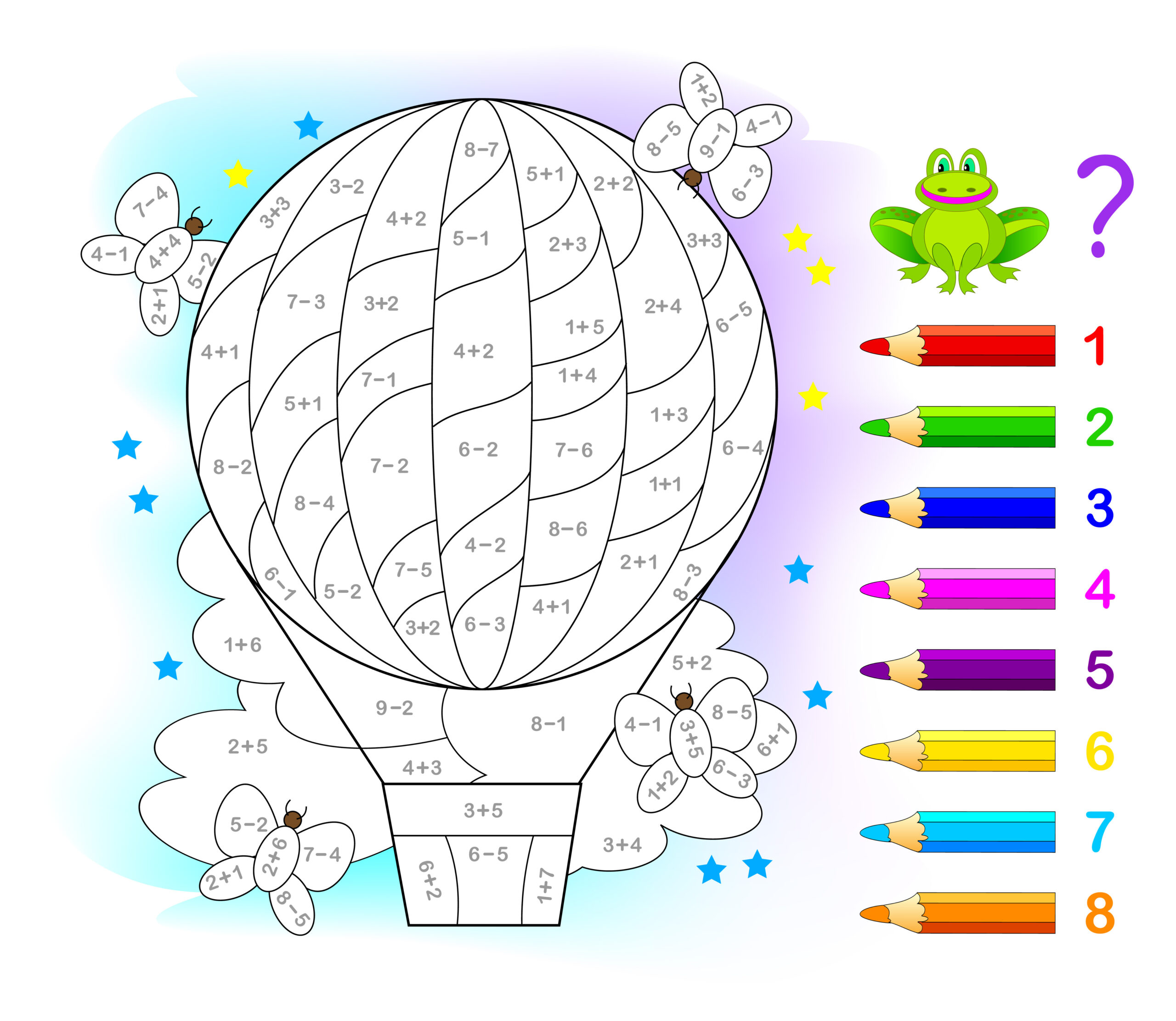Activity Idea for Dementia: Coloring Books and Watercolor Painting

Dementia is a condition that affects memory, cognition, and behavior, and it can be difficult to manage. However, engaging in creative activities like coloring and drawing can be beneficial for individuals with dementia. These activities can stimulate the brain, improve cognitive function, and reduce symptoms of depression and anxiety.
There are many different types of coloring and drawing activities that can be beneficial for individuals with dementia. Some popular options include:
- Coloring books: Coloring books with simple designs and large spaces can be easy to complete and enjoyable for individuals with dementia. Look for books with themes that are familiar to the individual, such as nature scenes or animals.
- Watercolor painting: Painting especially with gentle watercolor brushes can be a relaxing and enjoyable activity that allows individuals to express their creativity. Use large brushes and pre-drawn designs to make the activity easier and more accessible.
- Sketching can be a great way to improve fine motor skills and hand-eye coordination. Use simple designs and encourage the individual to use a variety of colors and techniques. A high quality moleskin sketch book goes a long way for someone with dementia to feel the gentle texture rather.
- Doodling is a simple and enjoyable activity that can help reduce stress and improve mood. Encourage the individual to doodle freely and experiment with different shapes and colors.
- Making a Collage is a fun and creative activity that can help improve cognitive function and stimulate the brain. Use pre-cut images and encourage the individual to arrange them in interesting and creative ways.
- Color by numbers can be a good activity for individuals with dementia as it can provide a sense of structure and familiarity. These activities can be easy to follow and provide a clear end goal, which can be helpful for individuals with dementia who may be experiencing confusion or memory loss. Additionally, color by numbers can improve hand-eye coordination, stimulate the brain, and reduce symptoms of anxiety and depression, making it a beneficial activity for individuals with dementia.
- BONUS IDEA: Combining Doodling on watercolor to really boost creativity! We recommend this more for early-stage dementia than late stage dementia due to its relative complexity.
One of the main benefits of coloring and drawing for individuals with dementia is that it can help improve hand-eye coordination and fine motor skills. This is especially important for those with dementia who may be experiencing physical and cognitive decline. Coloring and drawing require precise movements and hand-eye coordination, which can help maintain and improve these skills.
Additionally, coloring and drawing can help stimulate the brain and improve cognitive function. These activities require the brain to process visual information and make decisions about color and composition, which can help improve memory and cognitive abilities.
Another benefit of coloring and drawing for individuals with dementia is that it can help reduce symptoms of depression and anxiety. These activities can be calming and relaxing, which can help reduce stress and improve mood. They can also provide a sense of purpose and accomplishment, which can boost self-esteem and confidence.

Expressive art activities like painting and coloring can be an excellent tool for individuals with dementia to connect with their emotions and creativity. These activities can offer a sense of purpose, accomplishment, and self-expression that can be especially valuable for individuals who may be experiencing memory loss, confusion, or a loss of identity. Expressive art can provide a way for individuals with dementia to express their feelings and communicate with others, even when language skills are diminished.
One of the main benefits of expressive art for individuals with dementia is that it can stimulate the brain and improve cognitive function. Engaging in creative activities can help keep the brain active and stimulated, which can be especially important for individuals with dementia who may be experiencing a decline in cognitive abilities. Painting and coloring require the brain to process visual information, make decisions about color and composition, and engage in problem-solving, which can help improve cognitive abilities and memory.
Expressive art can also be a valuable tool for improving communication and socialization skills. For individuals with dementia, communication can be challenging, and expressive art can provide a way to connect with others and express their thoughts and emotions. Engaging in art activities with others can also help build relationships and create a sense of community and connection, which can be particularly important for individuals with dementia who may feel isolated or disconnected.
Another benefit of expressive art for individuals with dementia is that it can provide a sense of purpose and accomplishment. Many individuals with dementia may feel that they have lost their identity and sense of purpose, and engaging in expressive art can help restore a sense of self and provide a sense of accomplishment. Completing a painting or coloring a picture can be a tangible representation of their efforts and can provide a sense of pride and satisfaction.
Expressive art can also be a valuable tool for reducing stress and anxiety in individuals with dementia. Art activities can be relaxing and calming, which can help reduce stress and improve mood. The act of painting or coloring can provide a sense of control and predictability, which can be particularly important for individuals with dementia who may be experiencing confusion or anxiety.
Expressive art activities like painting and coloring can be a valuable tool for individuals with dementia to connect with their emotions, stimulate the brain, improve cognitive function, communicate with others, and reduce stress and anxiety. Engaging in art activities can provide a sense of purpose, accomplishment, and self-expression, which can be especially important for individuals with dementia who may be experiencing a loss of identity or memory loss. Art activities can be tailored to the individual’s abilities and preferences, making them accessible and enjoyable for individuals with varying levels of cognitive function.

These activities can improve hand-eye coordination, cognitive function, and mood, while also providing a sense of purpose and accomplishment. Try different types of coloring and drawing activities to find what works best for the individual, and be patient and supportive throughout the process.





